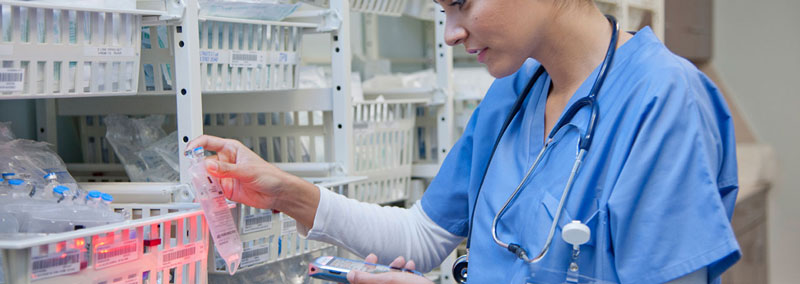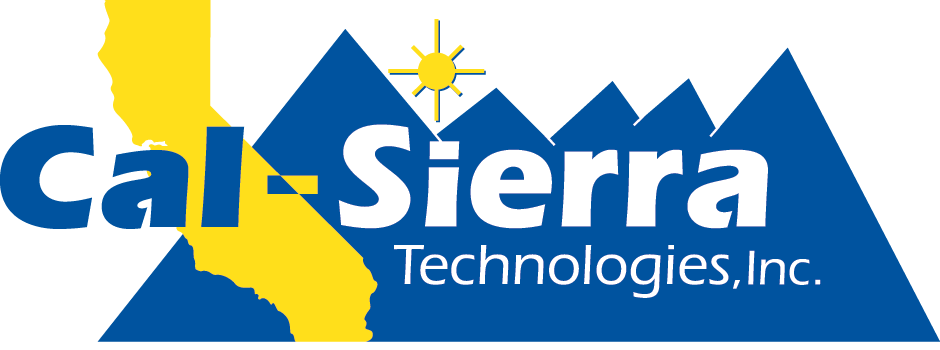
Patients Are 3,333 Times More Likely to Be Harmed Than Airplane Passengers.

There’s a one in a million chance of a person being harmed when traveling on an airplane, and a one in 300 chance of a harm occurring to a patient as a result of healthcare, according to the World Health Organization. So, patients are 3,333 times more likely to be hurt than airplane passengers. Yet, we are far more concerned with airline safety!
WHO also reports that there are 42.7 million adverse events out of 420 million hospitalizations that take place around the world each year. Patient harm, says the organization, is comparable to tuberculosis and malaria as a cause of global disease. One in ten patients in countries classified as “high-income” are affected by adverse events, and half of them are identified as “preventable”. Johns Hopkins University conducted research that reported 251,454 deaths in the United State are the result of medical errors, making it the third leading cause of death in this country.
ECRI Patient Safety Organization (PSO) identified positive patient identification as a major priority for healthcare. A study of 7,613 wrong-patient events that occurred between January 2013 and August 2015 in 181 different healthcare organizations included the following incidents:
- A newborn received breast milk from the wrong mother, who was infected with the hepatitis B virus.
- A patient in cardiac arrest was misidentified as another one who had a do-not-resuscitate order and was not resuscitated.
- A patient with an abnormal electrocardiogram was mistaken for another patient and underwent cardiac surgery. The following day, the patient was discovered unresponsive in his hospital room.
- A patient with a nasogastric tube was not supposed to ingest food or fluids orally. The wrong meal tray was delivered and the patient choked while consuming the food.
- Two patients with the same first name were scheduled for cataract surgery. The lens implant for one patient was mistakenly placed in the other.
With today’s data collection technology, medical errors that are caused by incorrect patient identification should be a thing of the past. Barcoding presents a total solution that’s easy to deploy. From barcoded patient wristbands to medications, specimens, records, and equipment, this level of detail are simple to record, verify, and access. Patient information is entered during the admissions process, making it easy to verify every action. Caregivers use a mobile computer or companion barcode scanner to scan the barcode on the patient’s wristband and match it to the medication being administered, record the care (including date, time, and caregiver), and label a specimen collected at the bedside.

Automated data collection removes the risk that comes with a human error. Cal-Sierra Technologies is invested in developing healthcare IT solutions that increase patient safety. As a Zebra Premier Partner, we integrate the most advanced data collection technology with our experience, knowledge, expertise, and commitment to the healthcare industry.
The Zebra ZD510-HC wristband printer enables your staff to encode and print durable barcoded wristbands. The easy-loading cartridges contain the only antimicrobial-coated wristbands currently on the market. The Zebra Z-Band wristbands are proven to be six times more durable than other wristbands, withstanding moisture and solvents commonly used in hospitals. A longer-lasting wristband means your staff can accurately scan the barcodes and save time on replacing smudged bands.

A rugged handheld, like the Zebra MC40-HC mobile computer looks like a smartphone—compact and lightweight—but delivers enterprise-class performance and durability. The built-in scanner can capture 1D and 2D barcodes, even those that are poorly printed, dirty, or damaged. The omnidirectional scanning reads barcodes with point-and-click simplicity, without the need for precise targeting.
Cal-Sierra Technologies can assess your processes and customize a positive patient identification solution. Let’s work together to avoid medical errors and adverse events!
